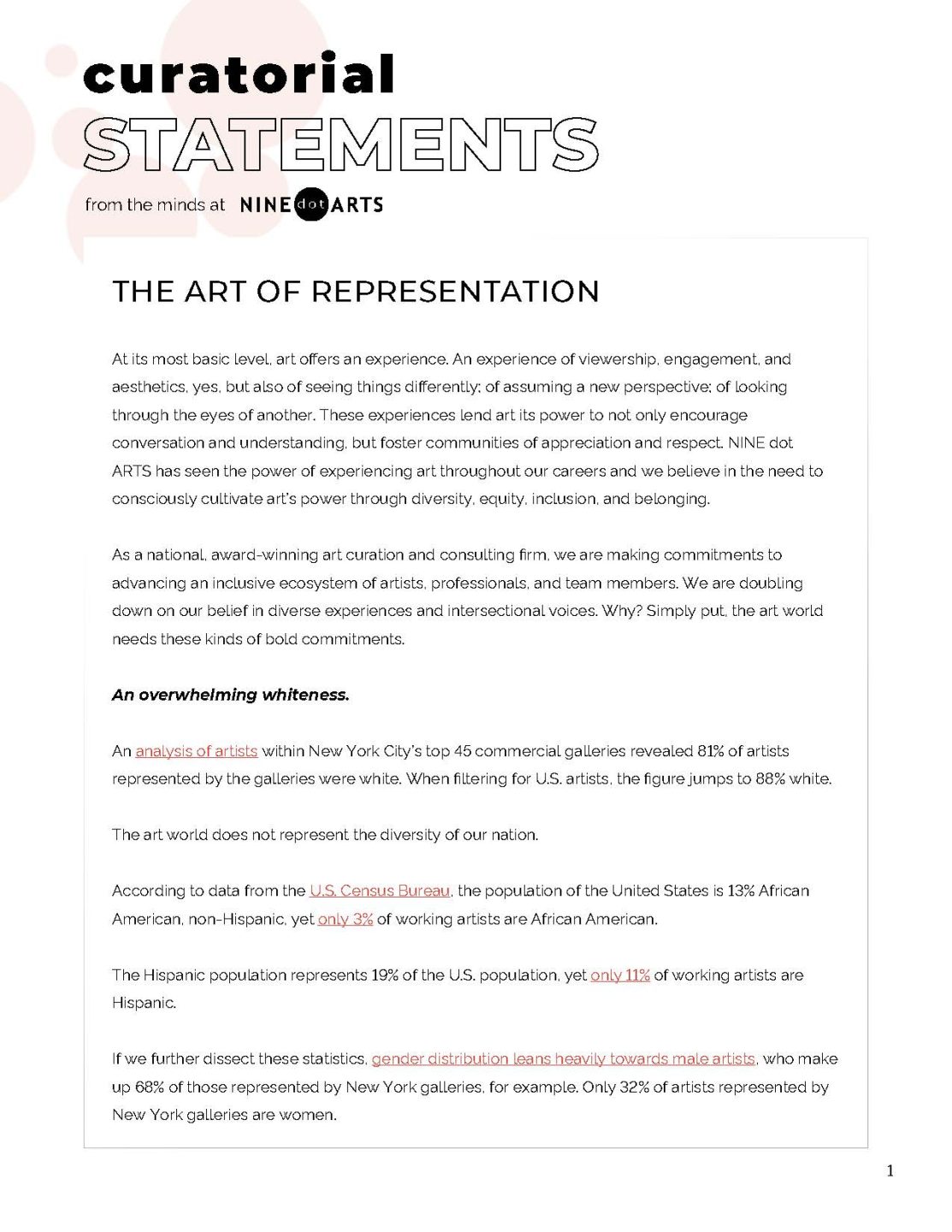The Art of Representation
At its most basic level, art offers an experience. An experience of viewership, engagement, and aesthetics, yes, but also of seeing things differently; of assuming a new perspective; of looking through the eyes of another. These experiences lend art its power to not only encourage conversation and understanding but foster communities of appreciation and respect. NINE dot ARTS has seen the power of experiencing art throughout our careers and we believe in the need to consciously cultivate art’s power through diversity, equity, inclusion, and belonging.
As a national, award-winning art curation and consulting firm, we are making commitments to advancing an inclusive ecosystem of artists, professionals, and team members. We are doubling down on our belief in diverse experiences and intersectional voices. Why? Simply put, the art world needs these kinds of bold commitments.
An overwhelming whiteness.
An analysis of artists within New York City’s top 45 commercial galleries revealed 81% of artists represented by the galleries were white. When filtering for U.S. artists, the figure jumps to 88% white.
The art world does not represent the diversity of our nation.
According to data from the U.S. Census Bureau, the population of the United States is 13% African American, non-Hispanic, yet only 3% of working artists are African American.
The Hispanic population represents 19% of the U.S. population, yet only 11% of working artists are Hispanic.
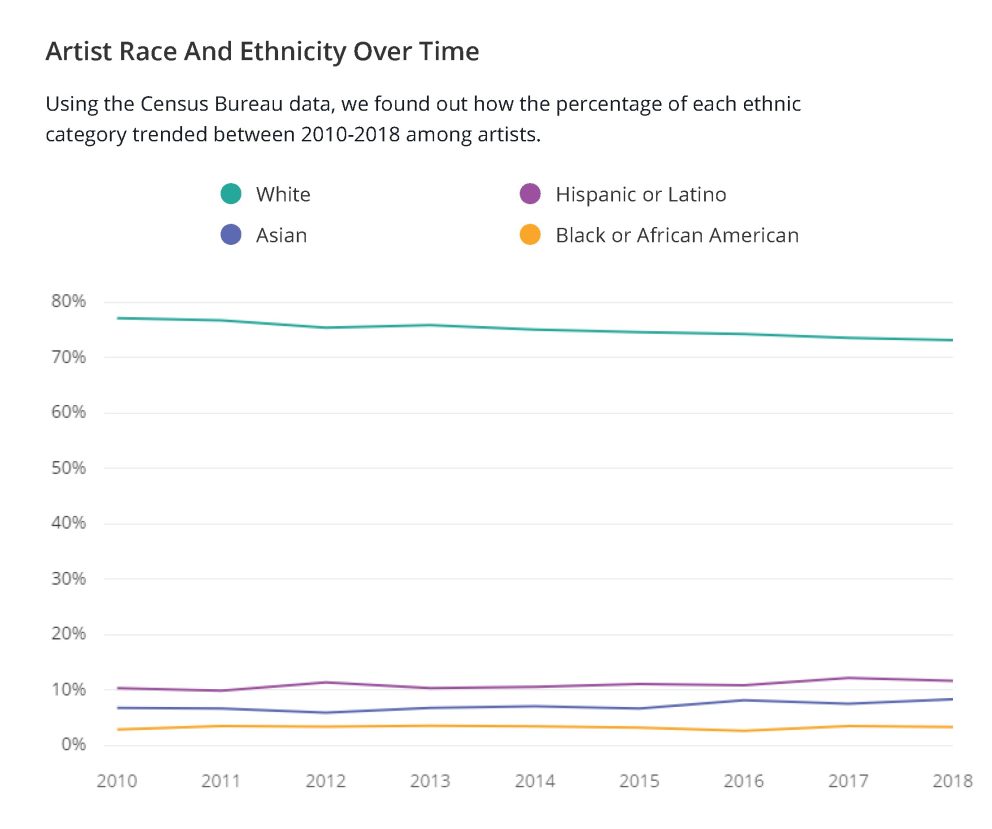
If we further dissect these statistics, gender distribution leans heavily towards male artists, who make up 68% of those represented by New York galleries, for example. Only 32% of artists represented by New York galleries are women.
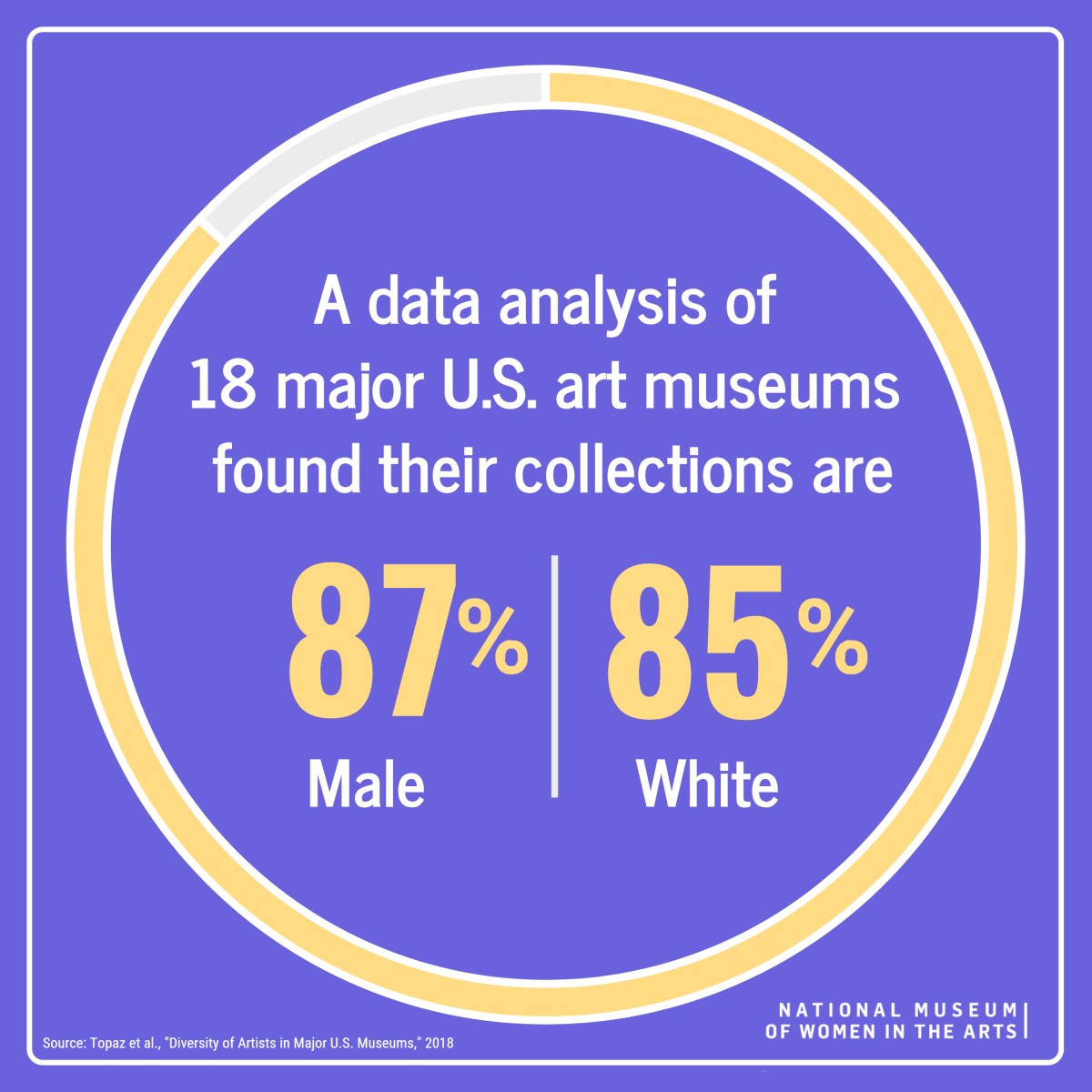
Gatekeeping and exclusion permeates the capital value system of the art industry as well. African American artists received just 1.2% of auction sales over the last ten years.
That figure is 2% of auction sales for women artists.
And white people dominate many components of the art profession. Roughly 88% of museum executives and those in conservation roles are White. As of 2020, the Art Dealers Association of America included only one Black gallerist among their 176 member group.
Those doing better.
Diversity, equity, inclusion, and belonging (DEIB) isn’t a checklist of initiatives. DEIB must be integrated throughout strategic priorities and operations. Within the art world, that means incorporating DEIB priorities into every aspect of curation, acquisition, and exhibition. It means hiring for diversity and working with artists who are Black, Indigenous, or people of color.
There are those who are doing this work now and they serve as examples of how we can all do better.
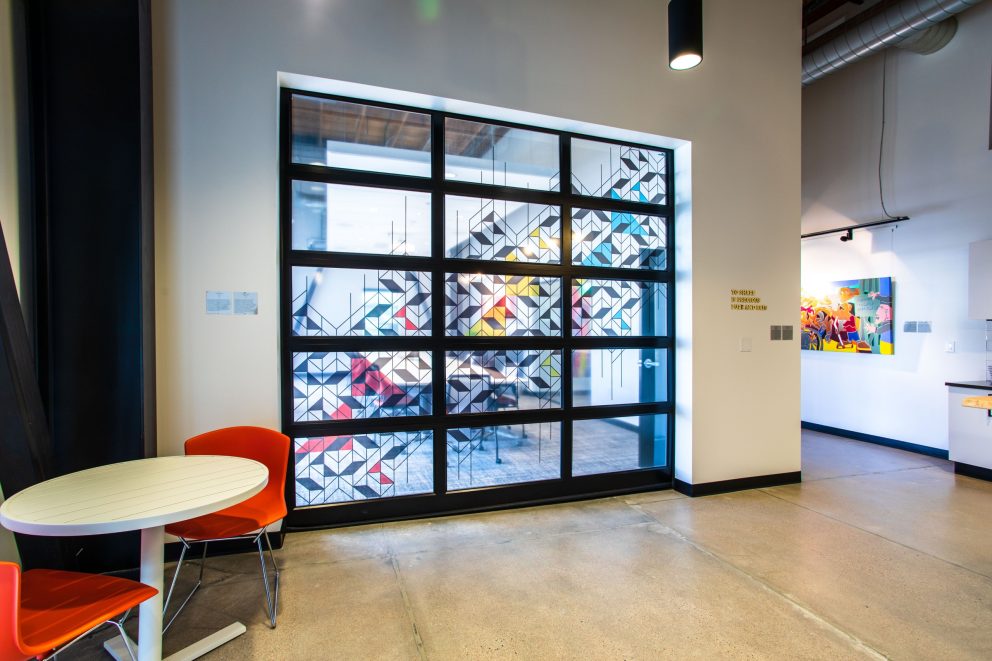
The Bonfils-Stanton Foundation’s new space uses art to reflect the diversity of the community the foundation supports. The space features pieces from a diverse range of established and emerging local artists and a bilingual curatorial packet of the collection.
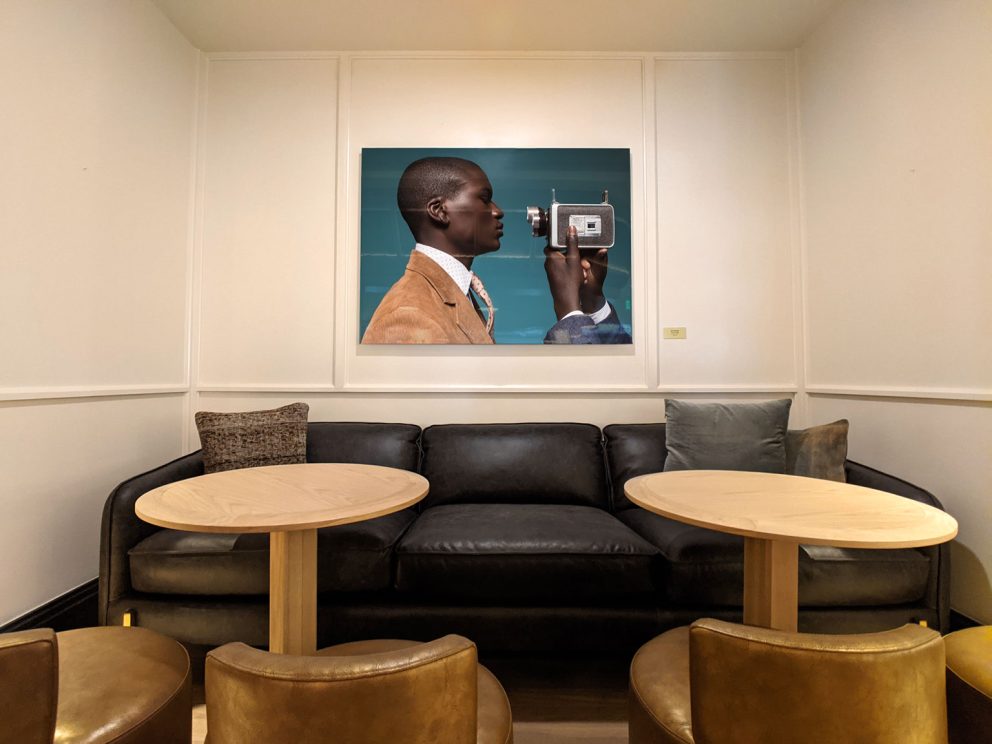
The Clayton Members Club and Hotel unveiled the world’s first hospitality art program founded in opportunity, equity, and inclusion. The hotel and social club is dedicated to fostering membership across race, gender, sexuality, age, and industry and its spaces and art not only reflects but enhances this dedication. Artists’ work throughout the hotel and club represents a variety of perspectives and backgrounds. Expressive images by Denver photographer and artist Brien Hollowell incorporate Black life and art into walls of a historically one-dimensional experience. Venezuelan artist Onecho lined the hallway to Five Nines, the hotel’s cocktail lounge, with a large wallscaping mural that aims to encourage a vibrant atmosphere welcoming diversity, spontaneity, and joy. These works contribute to the hotel and club’s vision of an equitable gathering place wherein members and guests may explore collaborations and build community.
And Souls Grown Deep Foundation & Community Partnership are committed to promoting the work of Black artists from the South, in turn supporting the artists’ communities through economic empowerment, educational advancement, and racial and social justice. Souls Grown Deep Foundation advocates to include Black artists from the Southern U.S. in the catalog of American art history. The Foundation oversees the largest collection of work by Black artists from the South, featuring over 1,000 works by more than 160 artists, a majority of whom are women. Since 2010, the Foundation has transferred over 350 works by 100 Black artists to the permanent collection of museums such as the Metropolitan Museum of Art, the Fine Arts Museum of San Francisco, the Philadelphia Museum of Art, and the Museum of Fine Arts, Boston, to name a few.
Finally, platforms such as Black Art in America feature the successes and stories of Black artists and Black-owned galleries like the Stella Jones Gallery in New Orleans and September Gray Art Gallery. The Stella Jones Gallery and September Gray Gallery are dedicated to preserving the legacy and stories of African diasporic culture through art. Black Art in America, an art portal and magazine continues to document, preserve, and promote the rich contributions of the African American arts community.
Each of these is an illustration of what the art community can do to facilitate a broader spectrum of voices and purposefully engage with artists beyond the traditional canon of whiteness and maleness. It is up to each of us to follow these examples and find our own way to representative art.
A community-wide commitment.
Normalizing equity–in representation, financial incentives, professional roles, exhibition, and opportunities–has to be a moral principle within the art industry. The entire community must make a commitment to building inclusive culture, facilitating inclusive decision making, fostering inclusive workplaces, and developing inclusive teams. This is the internal work all of us must do to promote greater representation in the art world and to continue to harness the true experiential power of art.
